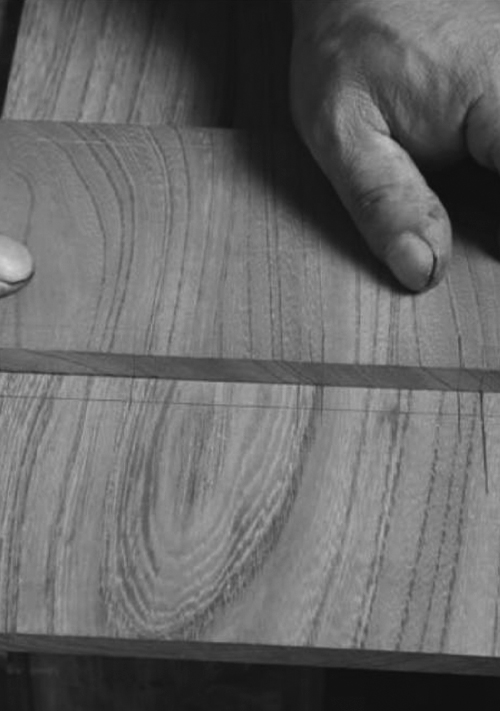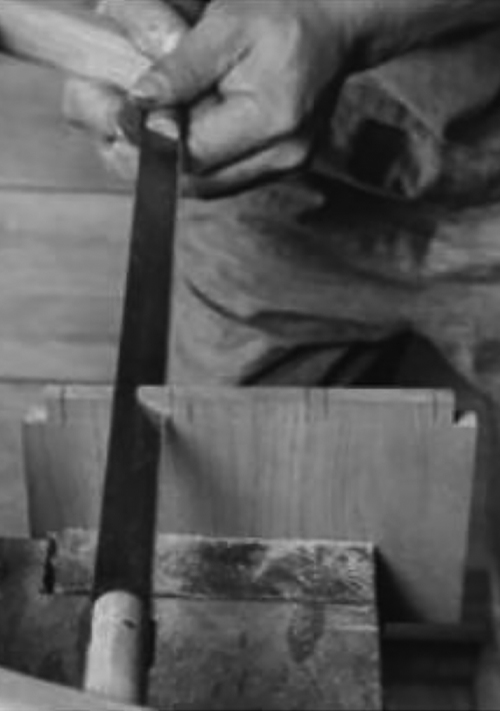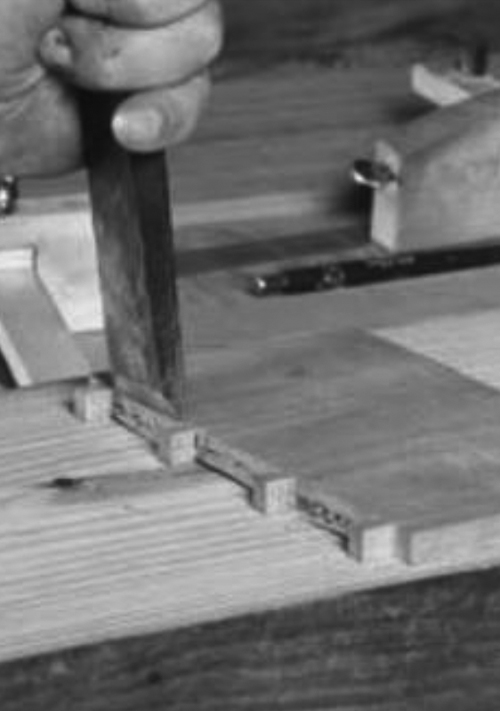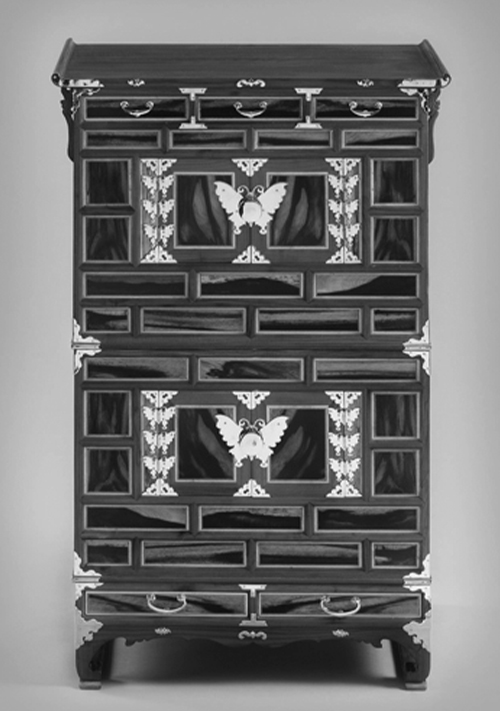under the mentorship of Seok Jin Cho – a master of the craft in Korea. Kwon runs his own workshop, bringing
forward woodworking tradition into more contemporary pieces better suited to today’s lifestyle. However, at the
heart of his products remains an appreciation for
techniques, passed down
over centuries. Kwon is also a great advocate of letting the natural qualities of the material he works with
stand for themselves.
Similarly, Finnish furniture company
Nikari takes on the nation’s great woodworking tradition and presents it in a
modern way – with the fine harvested wood it uses being an important factor in all of its creations. Jenni
Roininen is the brand’s creative director, designing a number of the firm's much-loved timber pieces and
commissioning other industry names, both young and old, to form work for the company’s growing collection.
Based in the small craft village of Fiskars, the international brand is still deeply engaged with its founder
Kari Virtanen, a master woodworker who trained under the nation’s great architect Alvar Aalto and remains an
active member of the Fiskars community.
Kwon and Roininen discuss their approach towards working with timber,
understanding the nature of this material and using it in the best possible way.
 1.
1.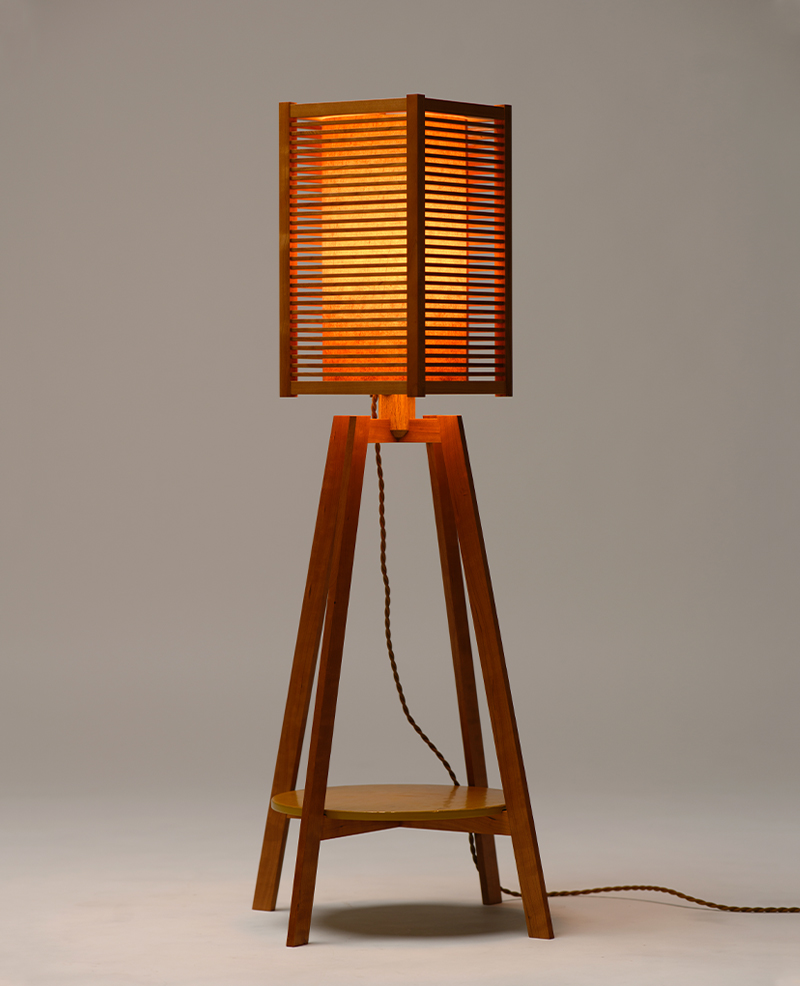 2.
2. 3.
3. 1. Close up on a joinery detail
1. Close up on a joinery detail 2. Lighting design using traditional Korean paper 한지
(hanji)
2. Lighting design using traditional Korean paper 한지
(hanji) 3. Chairs designed with a Korean fabric 누비 (nubi)
3. Chairs designed with a Korean fabric 누비 (nubi)
 Won Deok Kwon
Won Deok Kwon Jenni Roininen
Jenni Roininen 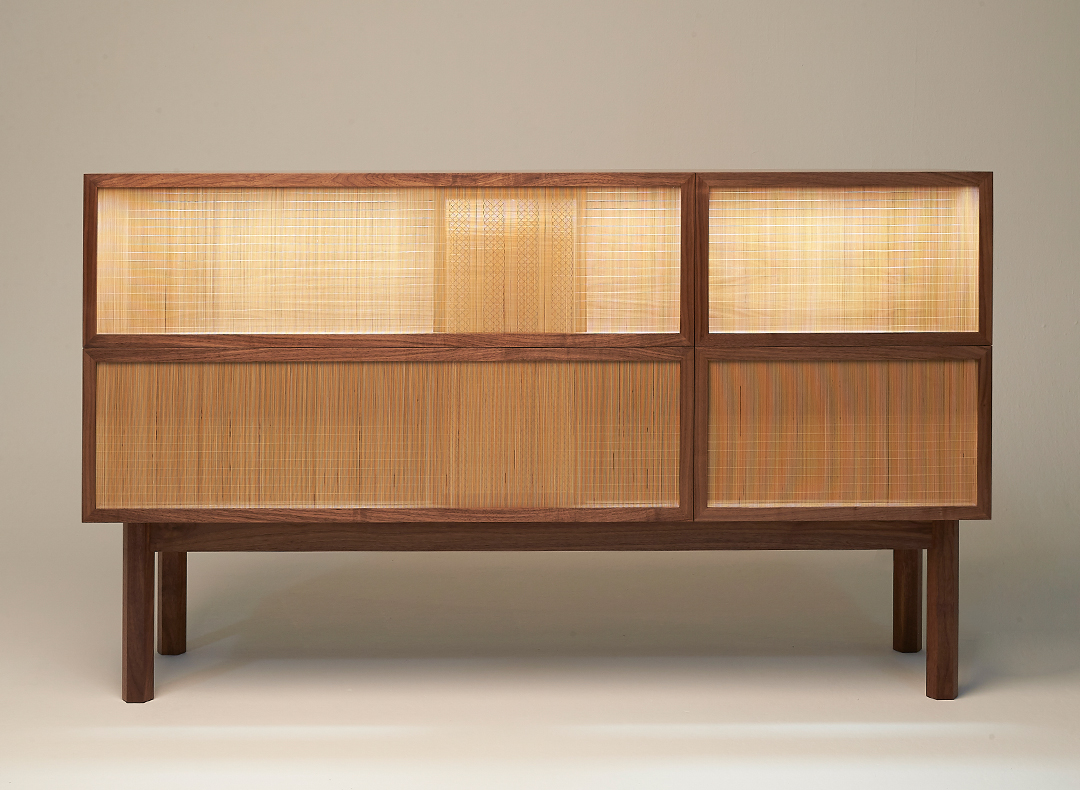 4. A
modern take on traditional wardrobe by using 한지
4. A
modern take on traditional wardrobe by using 한지 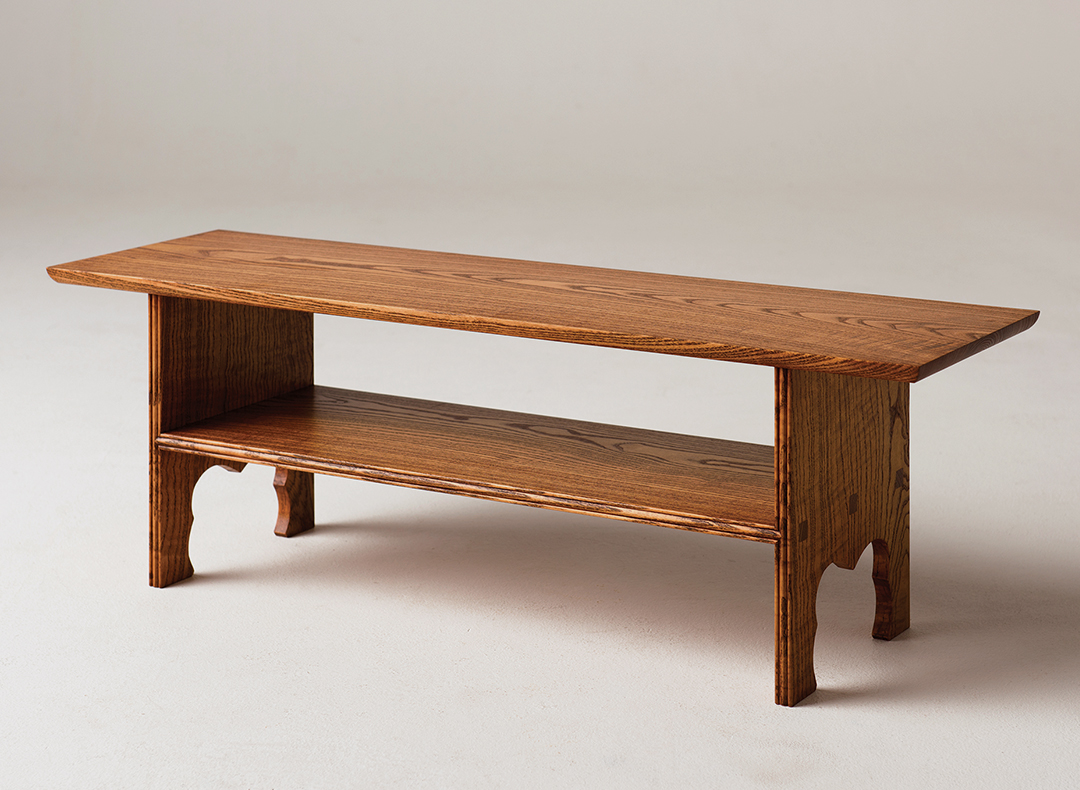 5. Bringing traditional forms into a low table design
5. Bringing traditional forms into a low table design 